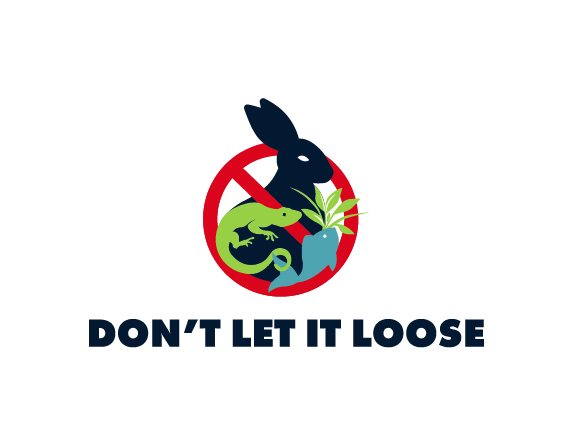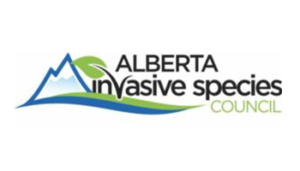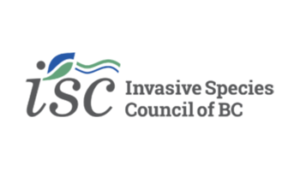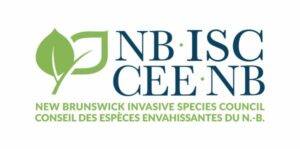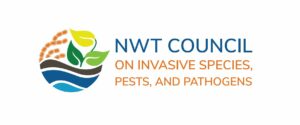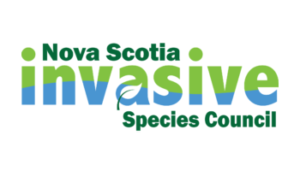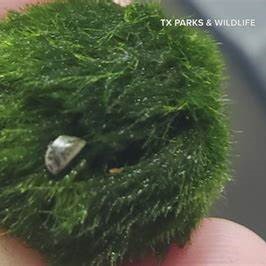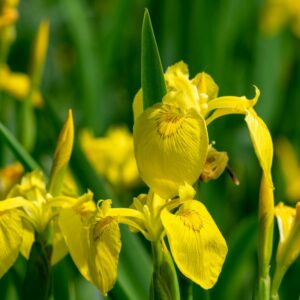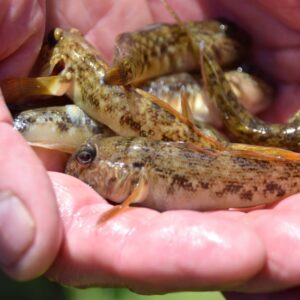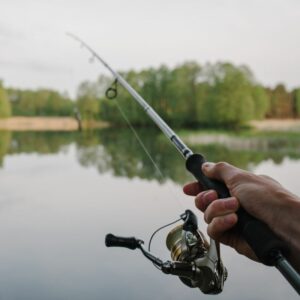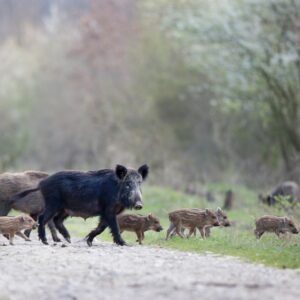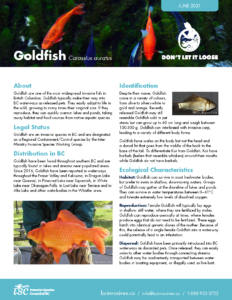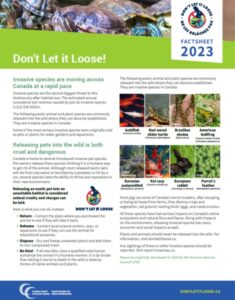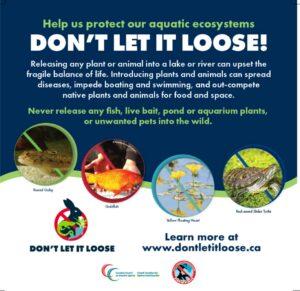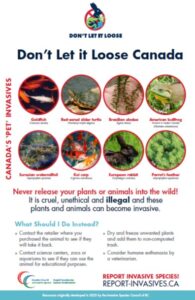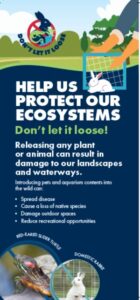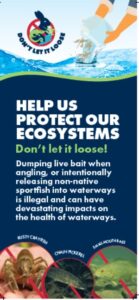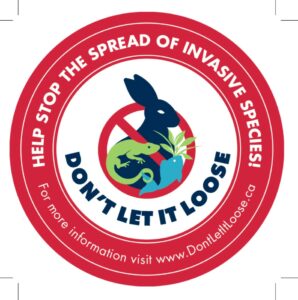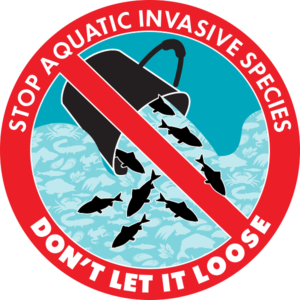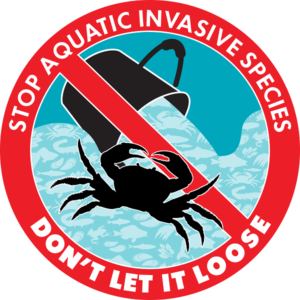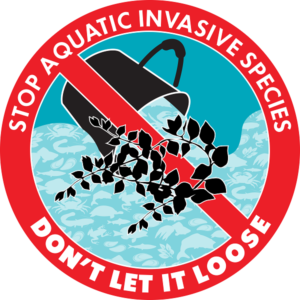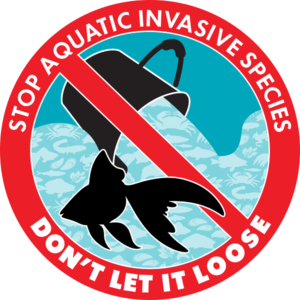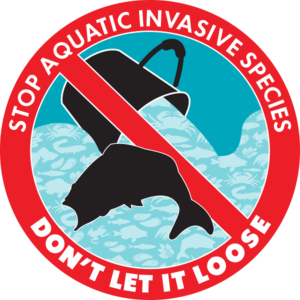Join others in Canada protecting the places we love by stopping the release of plants and animals into our landscapes and waters.
Regional Don't Let it Loose Programs
Don't Let It Loose Steps
Some of Canada’s most harmful invasive species came from the improper disposal or release of plants and animals into our landscapes and waters. Released plants and animals can spread disease, outcompete native species for food and space, and degrade habitat when released into the environment. It is also unlawful to introduce species into the natural environment (read more). People in Canada can follow the below steps to protect our waters and landscapes.
- Never release plants and animals into the wild or waterways
- Keep pets, livestock, and game animals properly enclosed
- Find safe and humane alternatives to releasing plants and animals into the wild
- Learn to identify common invasive species and report them.
Plants and animals are often released and spread through a few specific human activities, also known as pathways of spread. See the sections below for more details and best practices for each pathway of spread.
Back to topPet, Pond, & Aquarium Ownership
Pet, Aquarium & Pond Owners:
Many of the plants and animals (rabbits, turtles, frogs, birds, fish, crustaceans, etc.) purchased for pets, ponds, aquariums, and terrariums are not native to Canada and can carry disease and pests which can spread into and harm native ecosystems if released. Releasing a pet into the wild is not a good option – it’s dangerous to the environment, inhumane as your pet is not adapted for Canada’s environment and food chains, and illegal. Still, some exotic pets are able to thrive and reproduce in their new environment and can reduce native populations and throw the ecosystem out of balance. Even if your pet is known to be native to the local environment, it should still never be released, as it may introduce diseases or invasive parasites into the local ecosystem. It’s important that pet owners take the time to research the lifespan and long-term needs of your pet before purchase or adoption. Follow these best practices for pets, ponds, and aquarium owners:
- Never release pets or plants into the wild or dump aquariums or water garden contents into rivers, streams, lakes, or storm sewers.
- Return: Contact the place where you purchased the pet and see if they will take it back.
- Rehome: Contact local science centres, zoos or aquariums to see if they can use the animal for educational purposes.
- Dispose: Dry and freeze unwanted aquatic plants and dispose of in the garbage. For those who use baitfish, it is illegal to empty your bait bucket, drain the water or release live bait into a lake, river or other waters. Instead, you must: drain your bucket onshore (30 metres from the water) freeze the excess minnows for another day.
- Be Kind: If all else fails, have a qualified veterinarian euthanize the animal in a humane manner; it’s far kinder than letting it starve to death in the wild or destroy the homes of native animals and plants.
Pet, Aquarium & Pond Retailers:
Become a leader in sustainable retail practices by helping to protect our land and waters from harmful invasive species. Become a recognized retailer.
Back to topSportfishing & Angling with Live Bait
Sportfishing
Deliberately releasing sport fish without authorization in new waterbodies to create angling opportunities is illegal. Sport fish are often large, predatory or generalist feeders. This means they can have widespread negative impacts on a variety of native species. Even species that are native in some parts of Canada can become invasive beyond their natural range.
- Never transfer live fish from one water body to another
- Report sightings of aquatic invasive species to Fisheries and Oceans Canada or your provincial/territorial government
- Learn more from the Department of Fisheries and Oceans Canada
Angling with Live Bait
Live bait is often used to catch larger fish in commercial and recreational fishing. Using live bait can spread when the bait used is actually an invasive species. For example, young Asian carps can easily be mistaken for local minnows. Anglers that use live bait should never dump it or the contents of a bait bucket into a water body when they are done fishing, as this can lead not only to the introduction of aquatic invasive species, but also the spread of pathogens or diseases among native fish.
- Use artificial bait as a safer alternative when fishing. Remember, even dead or frozen bait can carry diseases
- Always buy bait from dealers and follow provincial and territorial regulations regarding bait use
- Regulations on the movement of live bait vary between provinces and territories. Always check the regulations in your region before using live bait or moving it from one waterbody to another
- Dispose of unused bait, dead fish, fish parts and water or debris from bait buckets in a secure trash area at least 30 metres away from the shore before leaving a waterbody
- Learn more from the Department of Fisheries and Oceans Canada
Live Food Release
Some people intentionally release live food (e.g., fish, crabs, shellfish) from grocery stores or fish markets into the wild as an act of compassion or mercy. This can be harmful to both the released animal (which may not survive in the new environment) or to native species if it survives and becomes invasive.
- Ensure all of the food you purchase is dead before leaving the store, when appropriate
- If you practice compassion or mercy release for religious or cultural reasons, explore alternative methods, such as volunteering with wildlife sanctuaries that release animals back into their natural environment
- Learn more from the Department of Fisheries and Oceans Canada
Back to top
Livestock & Game Release
Livestock, hobby farm pets, and game species (ex. invasive pigs) can be intentionally released into the environment, and occasionally unintentionally released from improperly enclosing animals. Released livestock of game animals can spread disease to other animals including other livestock, predate on livestock, pets and native species, and damage property, agricultural land, and habitats.
Many species, like wild boar or invasive pigs were introduced in pervious decades and have since escaped their enclosures and spread throughout regions across Canada. Agricultural damage in the United States caused by invasive pigs is estimated to be $1.5 billion each year.
- Never release game or livestock animals into the wild
- Keep game and livestock animals properly enclosed
- Find safe and humane alternatives to releasing animals into the wild
- Report sightings of game species in the wild – Squeal on Pigs.
Take the Pledge!
Do you want to be a part of protecting Canada’s landscapes and waterways? It’s never too late to start taking the steps above that protect our native environment!
Join 100’s of others across North America who have pledged to protect the places we love. Committing to action is a tool used to help people build habits and commit to changes in their behaviour. When you pledge to not release plants or animals (following the steps above) when enjoying the outdoors, you have a greater chance of adhering to your commitment during your next and future outdoor adventures!
Complete the pledge form below and your name will be added to list of other individuals preventing the spread across Canada.
Don't Let it Loose Tools
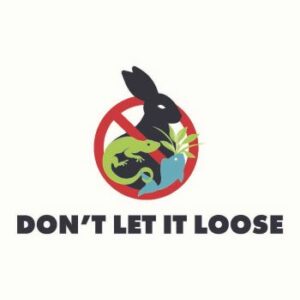 Become a Program Partner Gain access to nationally recognized branding and partner resources to implement locally.
Become a Program Partner Gain access to nationally recognized branding and partner resources to implement locally. 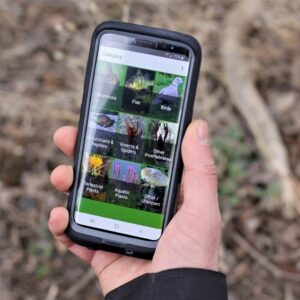 Report Invasive Species Support early detection and response in your community by reporting sightings.
Report Invasive Species Support early detection and response in your community by reporting sightings.  Subscribe to our E-newsletter Receive updates on invasive species news, events, programs, and resources quarterly.
Subscribe to our E-newsletter Receive updates on invasive species news, events, programs, and resources quarterly. 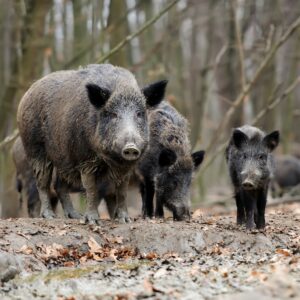 Invasive Species Profiles Learn how to identify invasive species threatening our landscapes and waters.
Invasive Species Profiles Learn how to identify invasive species threatening our landscapes and waters. Resource Library
The resources below are a sample of the resources available to program partners who help implement Don’t Let it Loose messaging and resources including factsheets, stickers, and more. All resources will be made are available in English, French, and/or with bilingual wording.
Visit our “Become a Partner” page to learn more!
Preventing Aquatic Invasive Species
Aquatic invasive species can be introduced accidentally or intentionally into Canadian waters by human activities. They can establish themselves in our waters and spread rapidly when they don’t face natural predators or competitors. Under the federal Aquatic Invasive Species Regulations, it is illegal to introduce an aquatic species into a body of water where it is not native, unless authorized under federal, provincial or territorial law.
In recent years, the introduction and spread of aquatic invasive species has been much more rapid because of globalization, including increased international shipping, online shopping and travel. Prevention is the most efficient and cost-effective method of dealing with aquatic invasive species, including managing the pathways that they travel along to enter and spread in our waters.
Fisheries and Oceans Canada works with partners across Canada to prevent the introduction, establishment and spread of aquatic invasive species in our waterways.
Learn more about preventing aquatic invasive species and use of the below logos from Fisheries and Oceans Canada
Back to top
